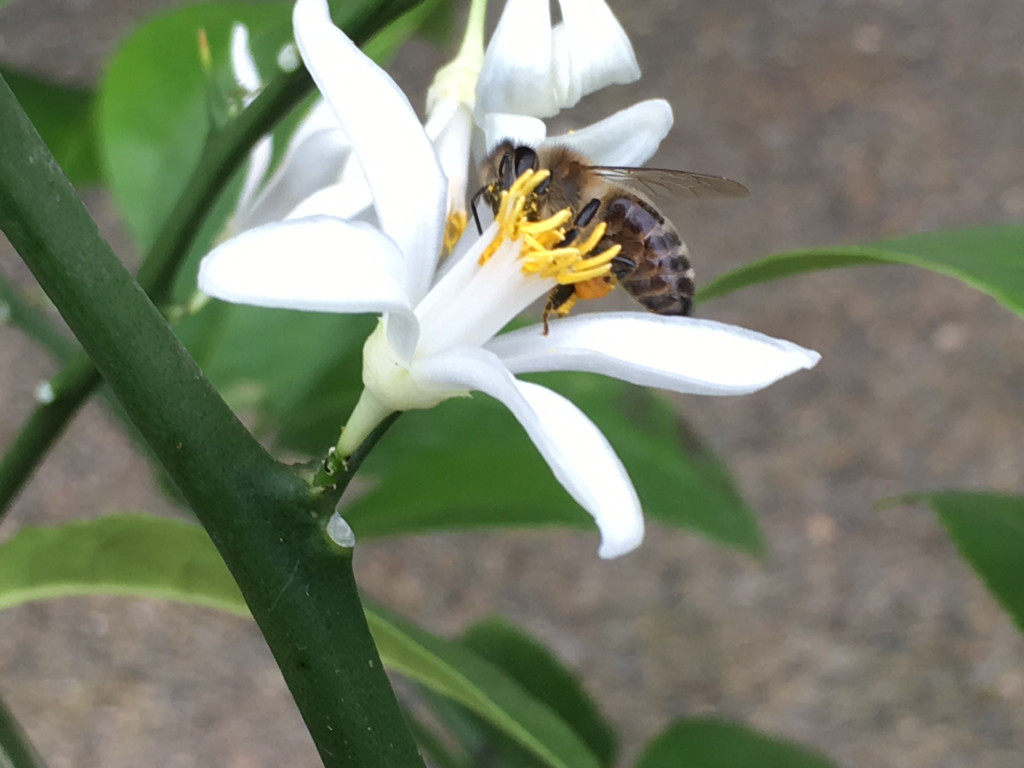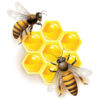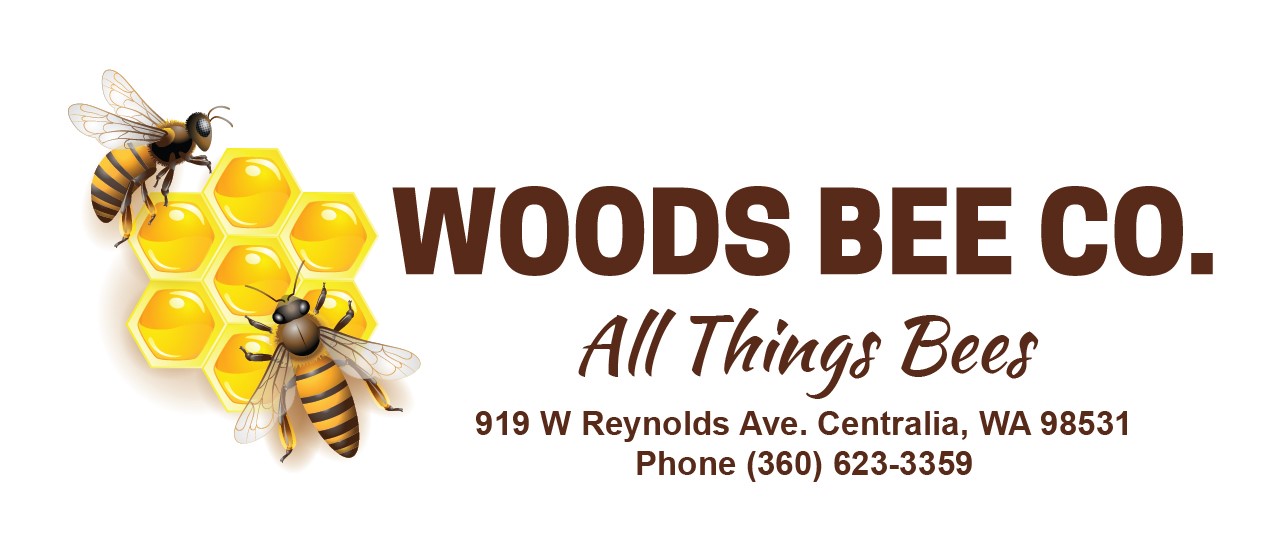Information

What do I do now?
Spring is near, you purchased your bees and the weather is really starting to get nice. What do you do next? If you are really serious about beekeeping there are a few things that I would highly encourage you to do.
-
Join your local beekeepers’ association and meet other beekeepers in your area. Your beekeepers Association can provide you with critical information concerning keeping bees in your local area. Most associations require a small annual fee and a wealth of knowledge.
2. Get a mentor. A mentor can provide you with one on one information and hands on instructions that you may not be able to get anywhere else. Plus, you will have an inside source on what works and does not work in your local area.
3. Start journaling. Before you read another word in this blog put this on your need to do list NOW. Journaling gives you the ability to effectively plan and become a great beekeeper. While I encourage all beekeepers to keep a log of their hives, journaling is a little different. When journaling you want to write using months and dates as a measurement. You want to write about things like:
-
Temperature changes. This will be your gauge for planning your next year’s beekeeping events.
-
When certain types of flowers bloom.
-
When you started to feed and when the bees stopped feeding.
-
When your bees were at their fullest. This will allow you to properly plan for splitting next year.
-
Things you tried, things you want to try.
-
Failures and successes.
-
Anything else that will make you a better beekeeper.
4. Start a bee log. This log is specifically about individual hives in which you will track information like:
-
What type of Queen you have and when were the bees installed.
-
Your inspections (did you see the Queen, eggs, brood, queen cell, etc.).
-
Swarms or splits.
-
When you fed last.
-
When and if you treated.
-
When you opened and closed your hive.
-
Any other significant information.
5. Prepare for the arrival of the bees by doing the following:
-
Locate a place where the bees will get plenty of sun and where the hive will not be in the way.
-
Prepare your equipment. If you have an existing hive/s be prepared to repair, clean and paint your current equipment. If your equipment is new simply paint the outside of your hive with an exterior paint.
-
Have a plan for installing your nuc. read more.
-
Have a plan to feed, feed and feed. (Now is the time to research the best way of feeding for you).


Scott Diehl
Do you sell bee pollen patties?
Alan Woods
Yes we do, we will have some at the nuc pickup.
Noe
How do we know when to add another brood box after installing the nuc?
Alan Woods
Noe, I’m sorry that it took me so long to respond to your question. And an important question never the less. After 8 to 10 days you should notice that your once blank brood frames should have a wax build up on them. And if you have been feeding the bees your frames will have more wax. Now to answer your question. How do you know when to add your second brood box? If you have 8 frames of wax (80%) take the two empty frames from the outside position slide the ones next them out and replace them with the two outside ones. Put the new brood on top and continue to feed if the bees are taking it using your super to cover the jars, if not stop feeding. And again sorry it took so long to get back to you.
Noe Aguiniga
The honey season is in full swing, I like to ask what month or when should I harvest honey, I have one hive with 7 out of 10 frames completely capped and the other 3 half way capped, in a honey supper, but they bees have not started working the second honey super.
Alan Woods
If your have capped honey supers you can extract your honey any time.
Noe Aguiniga
Hello Beeks,
Here is an update on my August observations, 6 of 7 hives have a large population of bees, when I say large I mean it, the frames are completely covered with bees, and frames 3 thru 7 hat is 5 full frames loaded with brood, eggs and larvae, is a shame that there is no nectar flow, the problem is the bees are running out of stores, so I started feeding with a 2 to 1 sugar mix, thanks for Email last week about feeding from Alan. hive 7 is doing ok, with a normal population. Feed, Feed, Feed.
If you are lucky enough to have honey I have an extractor available, for details @ Noe.aguiniga@outlook.com
Noe
Hello Alan and beeks,
For winter surviving colonies when can or should treat for mites .?
Oxalic acid
Apivar etc.
Since the colonies are small taking a cup of bees for a sugar roll or using alcohol will take too many bees out of the colony.